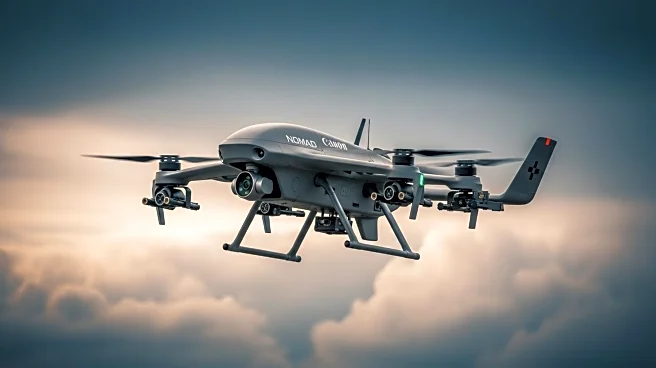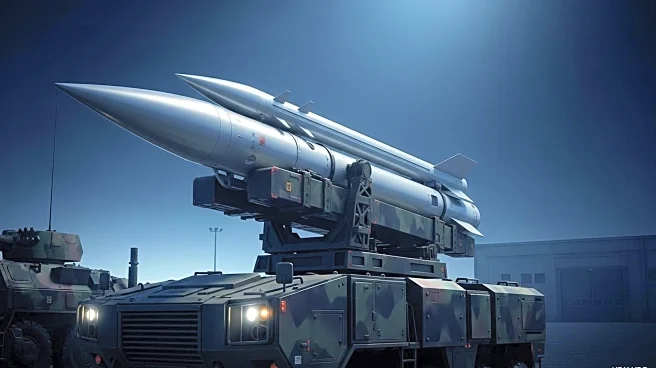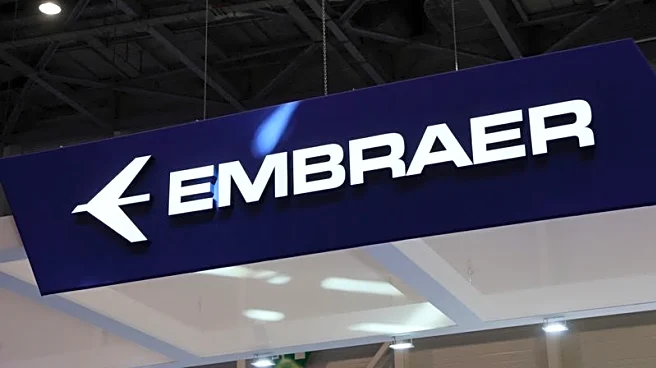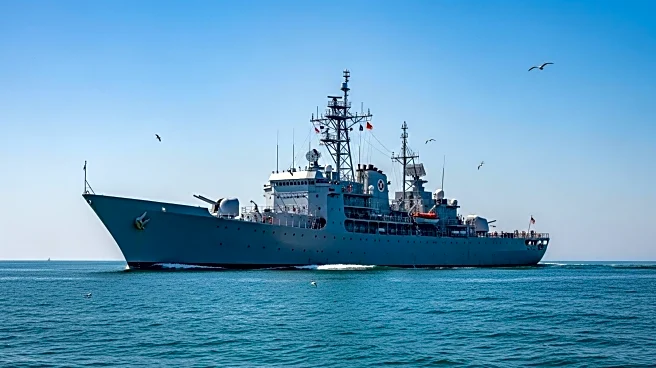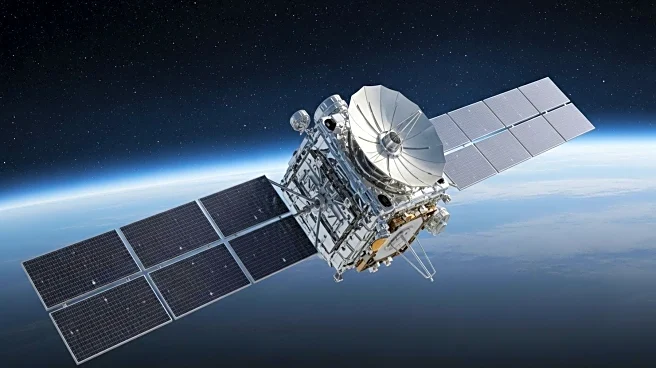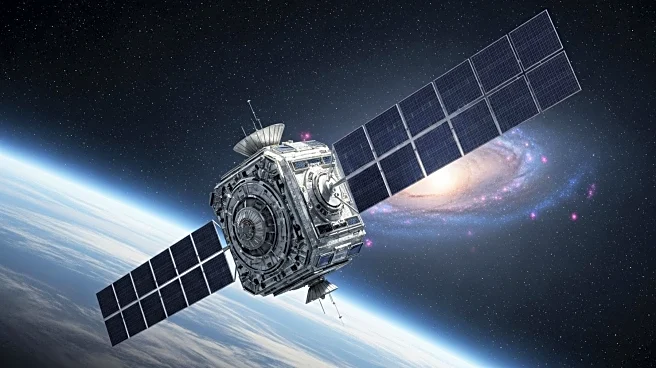What's Happening?
Sikorsky, a Lockheed Martin company, has announced the development of the Nomad family of hybrid-electric vertical takeoff and landing (VTOL) uncrewed aircraft systems (UAS). The Nomad series is designed for intelligence, surveillance, reconnaissance, and targeting missions, with capabilities for both military and civil applications such as wildfire suppression and humanitarian aid. The Nomad family includes the Group 3 Nomad 100, which is currently being tested, and the Group 4 Nomad 300, which is in the design phase. These aircraft are intended to replace existing systems like the U.S. Army's Textron RQ-7 Shadow and General Atomics MQ-1C Grey Eagle. The Nomad UAS features hybrid-electric propulsion for enhanced range and payload capacity, and utilizes Sikorsky's Matrix autonomy system for operation by personnel without aviation training.
Why It's Important?
The development of the Nomad UAS represents a significant advancement in military and civil aviation technology, offering increased operational flexibility and efficiency. For the U.S. military, these systems provide a modernized approach to reconnaissance and logistics, potentially reducing costs and increasing mission success rates. The hybrid-electric propulsion system aligns with broader defense and environmental goals of reducing carbon footprints and operational costs. Additionally, the civil applications of the Nomad UAS, such as in disaster response and environmental monitoring, highlight its potential to enhance public safety and resource management. This development could also influence the competitive landscape in the defense and aerospace sectors, as companies strive to innovate in autonomous and hybrid-electric technologies.
What's Next?
Sikorsky plans to continue testing and development of the Nomad UAS, with potential demonstrations of the Group 4 Nomad 300 in the near future. The company is likely to seek further military and civil contracts to expand the deployment of these systems. Stakeholders, including military leaders and civil agencies, may evaluate the Nomad's performance and cost-effectiveness compared to existing systems. The success of the Nomad UAS could prompt further investment in hybrid-electric and autonomous technologies across the defense and aerospace industries.

